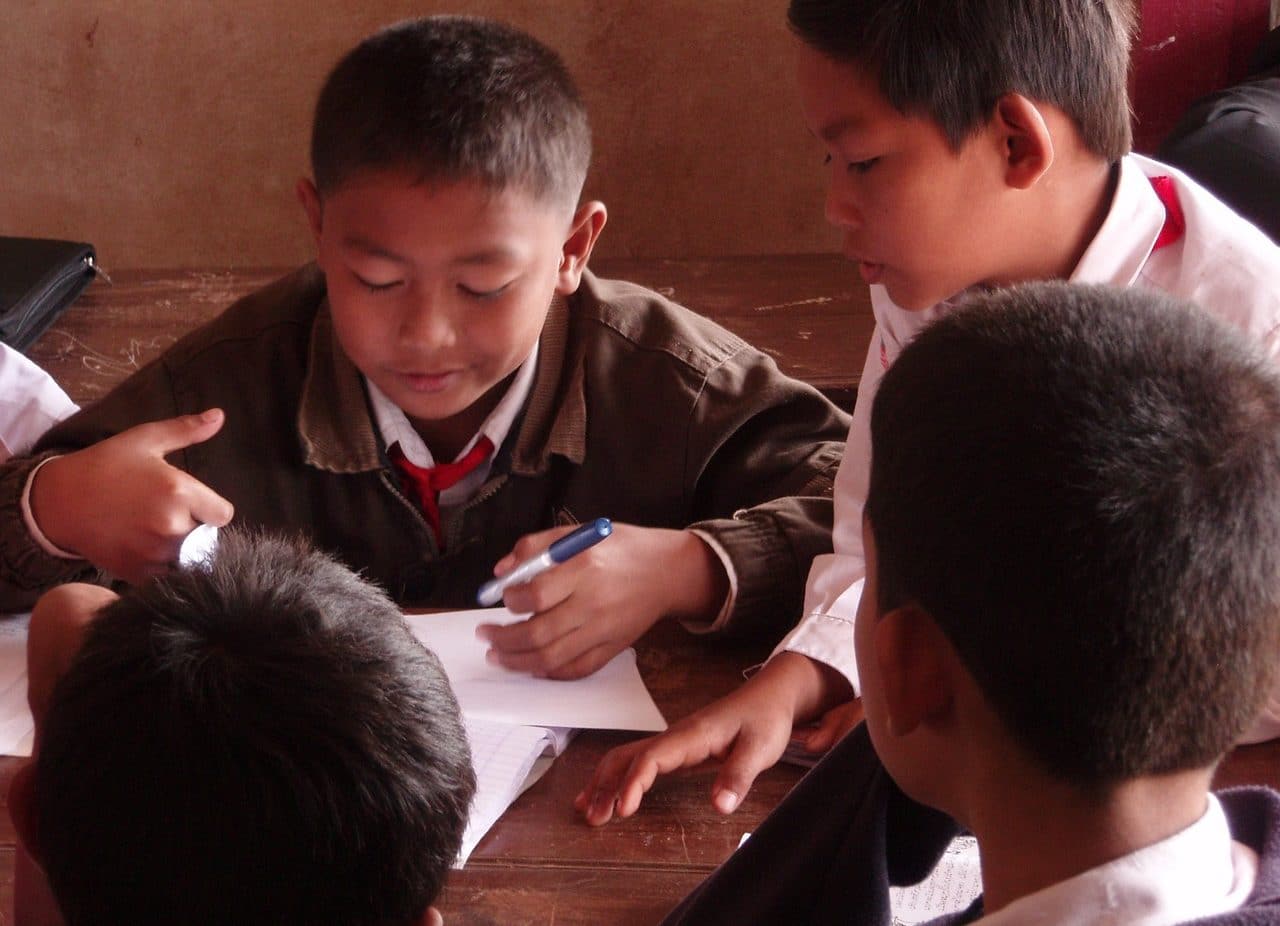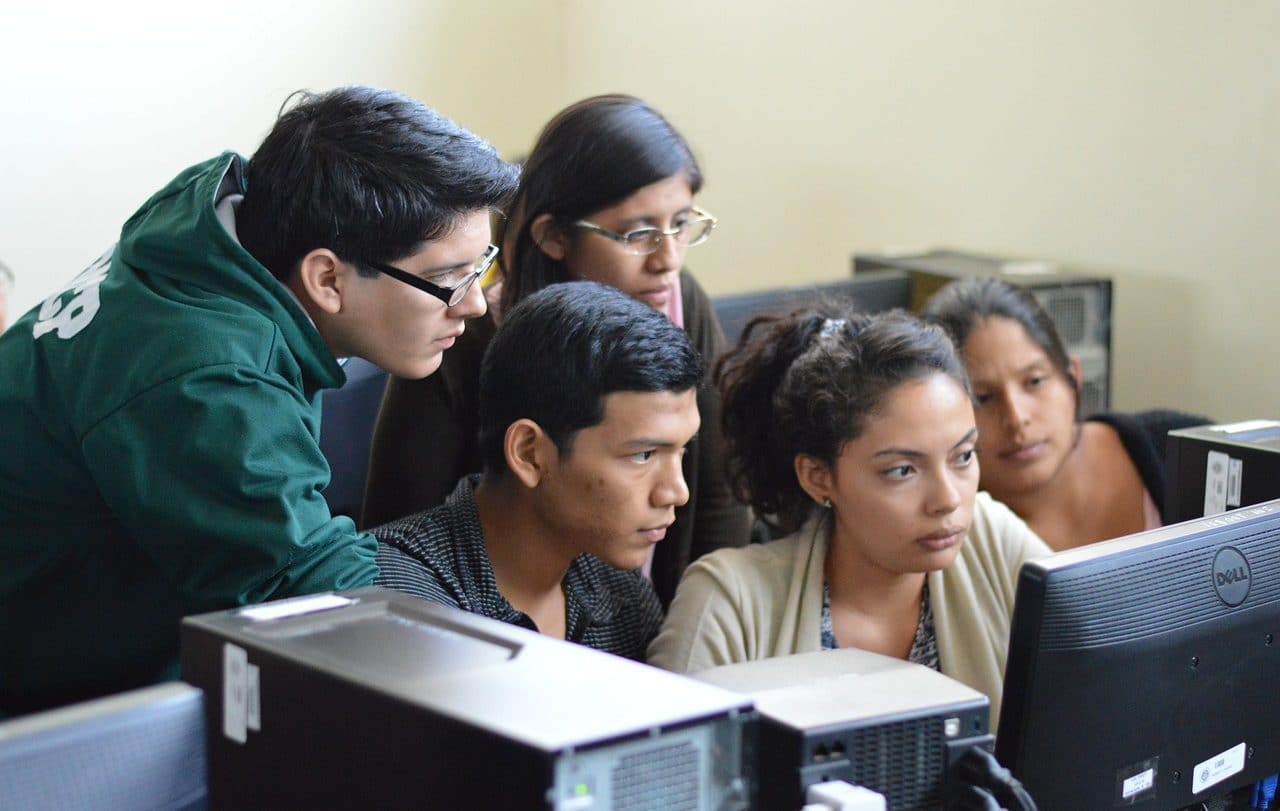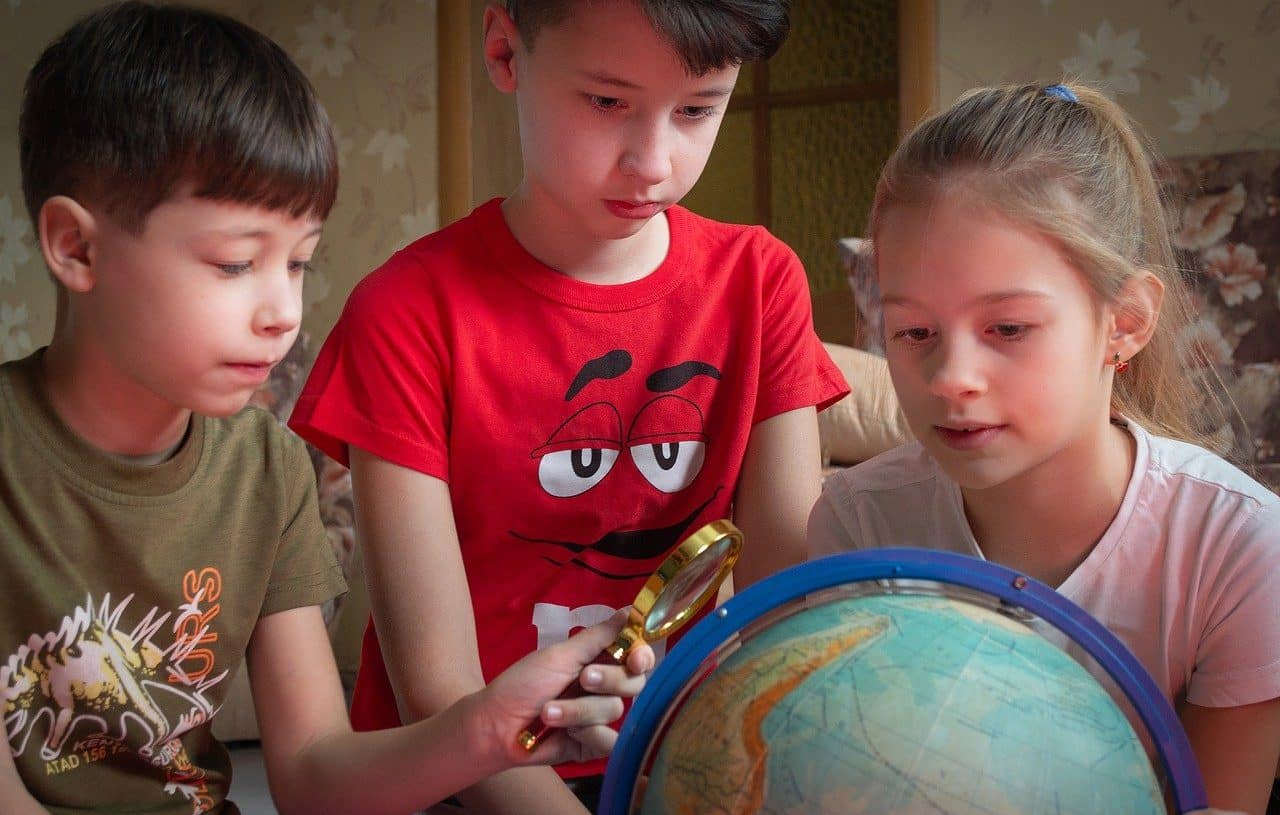
Collaborative learning helps develop emotional intelligence.
Collaborative learning is an educational methodology that is based on teamwork for the acquisition of knowledge and the development of skills . The teacher, in this framework, acts as a guide who guides the process.
Before moving forward, it is important to indicate that learning is associated with instruction and training . Collaborative , meanwhile, is that linked to collaboration : working together to achieve a goal or execute an action.
Characteristics of collaborative learning
Collaborative learning is based on the formation of groups to carry out tasks and solve problems. Through proposals for practical activities presented by the educator, it is hoped that all members carry out active work that allows them to learn.
Those who promote this group learning highlight that students, by coming into contact with positions different from their own and defending their own vision in the collective dynamic, achieve a better understanding of the contents compared to what happens when the topics of individually.
With the social interaction typical of debate, students teach each other while they advance in the development of the tasks assigned by the educator. This process also requires active listening and assuming shared responsibility .

Group problem solving is one of the pillars of collaborative learning.
Cooperation
Some experts use the concept of collaborative learning as a synonym for cooperative learning . Other specialists, however, draw some differences between both approaches.
There are those who consider that collaborative learning is based on greater student autonomy since they must make internal decisions for the group and even organize interactions, which requires consensus . On the other hand, cooperative learning involves more frequent intervention by the teacher, who controls how the group members interact and directs the links.
Benefits of collaborative learning
The benefits of collaborative learning are numerous. This modality helps to develop effective communication , contributes to forging critical thinking and favors the acquisition of values such as commitment and respect .
The organization of the group, in turn, requires engaging in time management and accepting shared leadership . Therefore, collaborative learning tends to prepare students to face situations that often occur at work and in society in general.
It is considered, in turn, that collaborative learning reinforces autonomy and is key to emotional literacy . In a broad sense, it is appropriate for the development of soft skills in general (that is, those skills that serve to promote social ties).

With collaborative learning, social skills are acquired.
Its disadvantages
Among the disadvantages of collaborative learning is the possibility of unfair situations occurring in the group. Students with leadership skills can prevail over more introverted ones, for example. Another possibility is that some students adopt a passive role and that others cover the group's shortcomings by working overtime.
On the other hand, it should be considered that not everyone learns at the same pace . That is why peer instruction and reciprocal teaching is not always possible: there are people who need extra support from the teacher.
The role of the educator in collaborative learning
It should be considered that collaborative learning is not self-taught. An educator is needed to promote and organize group dynamics and guide actions to meet pedagogical goals .
The teacher, in this framework, must first be in charge of determining group objectives and establishing individual responsibilities. Then you have to divide the class into the corresponding groups and clearly transmit the work rules .
Encouraging communication and promoting debate are other functions of the teacher, who also has to encourage peer evaluation. Thus, students are in a position to analyze the work they are doing and draw conclusions.
The importance of technology
Educational technology is very useful in collaborative learning. The use of ICT in education can not only complement the work done in the classroom, but can even lead to the creation of study groups that function virtually and remotely.
There are numerous collaborative learning spaces on the Internet. An educational wiki and MOOCs (massive open online courses) are e-learning platforms that have group or community work as their basis.
Combining Google Classroom and Microsoft Teams for education, for example, creates an environment suitable for forming a learning community. Online collaboration, however, can take place in multiple ways.
It must be considered that technology, although it creates opportunities and allows problems to be solved, is not positive in itself in terms of pedagogical success. The participation of an educator continues to be transcendental in collaborative learning, beyond not being physically in front of the students. Under this approach, the student is not supposed to advance alone and resolve all concerns on their own, as they would in the case of self-taught training.
